Coffee and soybean honey treatment | Coffee black honey red honey yellow honey treatment distinguishing characteristics of sun water and honey washing
For water-washed, sun-treated coffee beans, Qianjie has also popularized a lot of their characteristic differences, friends who do not understand can turn to here [portal]!
As for honey-treated coffee beans, there have always been friends who wonder what it is like and what its flavor is. Today Qianjie will come to tell you what honey treatment is all about!
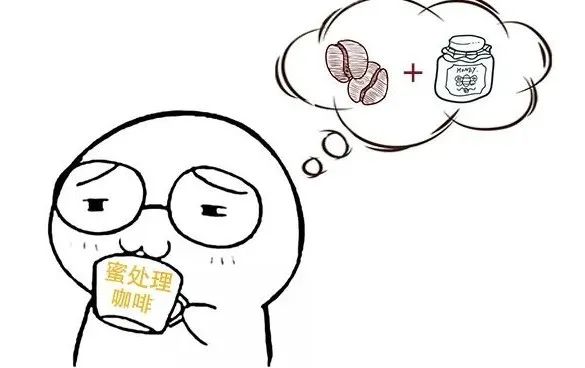
The choice of adapting measures to local conditions at present, the most honey-treated coffee beans we have come into contact with is Costa Rica, which is also the birthplace of honey-treated coffee. Of course, honey treatment was not used in the first place to get a better flavor. It's time to talk about the geography of Costa Rica. The coffee-growing areas in Costa Rica are concentrated in the Taramanca Mountains, where the elevation is 1200-1650 meters, so although the precipitation is abundant, it is impossible to store water in the high mountains and it is difficult to support water-intensive washing treatments. unlike in Africa, there is no long-term light, and the sun treatment is also risky. So I borrowed from Brazil's half-sun treatment.

Half-sun treatment is also called peeling and tanning, which can be summed up simply by peeling the peel of coffee, rinsing it with water for an hour, and then laying it out for sun drying. This is to solve the problem that Brazilian sun beans are easy to cause excessive fermentation and produce foul smell on the drying field. A large number of Central American coffee-producing countries, such as Costa Rica, El Salvador and Guatemala, saw that this method of treatment could shorten the duration of light without water consumption, so they followed suit and improved it to suit their national conditions. These Central American countries call this practice honey treatment.

Why is it called honey treatment? Here in front of the street to make it clear that honey treatment is not the use of honey soaked coffee beans fermentation treatment. The reason why it is called "honey treatment" is that in the process of removing the peel and pulp, part of the pulp and pectin stick to the coffee beans, where the sticky pectin is like honey, so it is called "honey treatment". The improved honey treatment method is to first peel off the coffee peel and part of the pectin, so the peel removal machine is used to accurately control the thickness of the pectin, and then drip non-stick and dry directly on the high drying rack. The later honey treatment is also subdivided into four treatments: black honey, red honey, yellow honey and white honey. The essential difference between these different color honey treatments is to retain the amount of pectin, for example, only 80% of the pectin is retained, and the dried coffee beans with shells are reddish brown, so they are called red honey treatment, while the pectin layer is retained to 50%. Because the thickness is thin, dried coffee beans with shells are yellowish brown, so they are called yellow honey treatment.
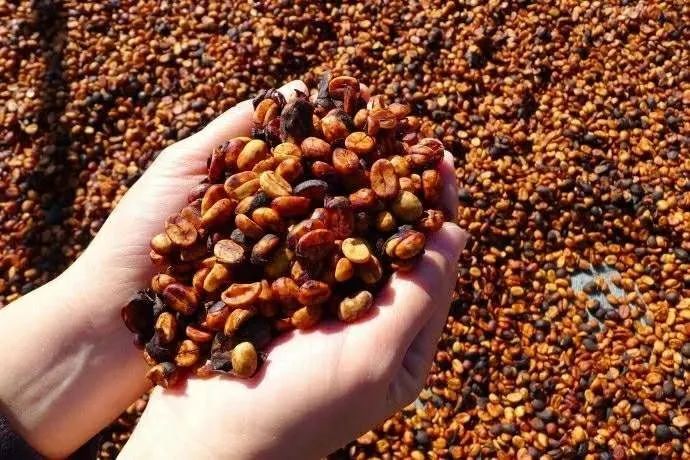
Red honey treatment
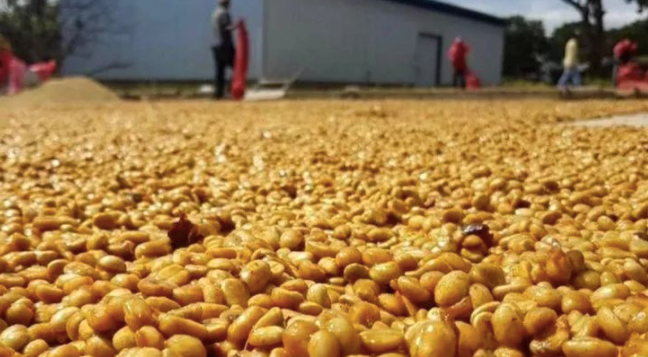
Yellow honey treatment
"Black honey treatment" hardly removes pectin, so it takes the longest time to dry and lasts for more than 14 days. In order to avoid drying too fast, cover will be used to block too strong sunlight to make sugar conversion more fully.
"Red honey treatment" retains 80% pectin (the specific practices of each manor vary), the sun lasts for about 12 days, and shading sheds may also be used in the process.
"Yellow honey treatment" retains 40-60% pectin and receives maximum light drying for about 8 days.
"White honey treatment" retains 40-60% pectin, which is thinner and takes less time to dry on the drying bed.
The more pectin retained, the more substances involved in fermentation and the higher the sweetness. How to discern honey processing coffee beans? From the appearance of raw beans, the more pectin is retained, the color of coffee beans will be yellowish, and the less pectin will be retained, the color of coffee beans will be green. This is quite similar to the appearance of sun washing, and the degree of color is between the two.
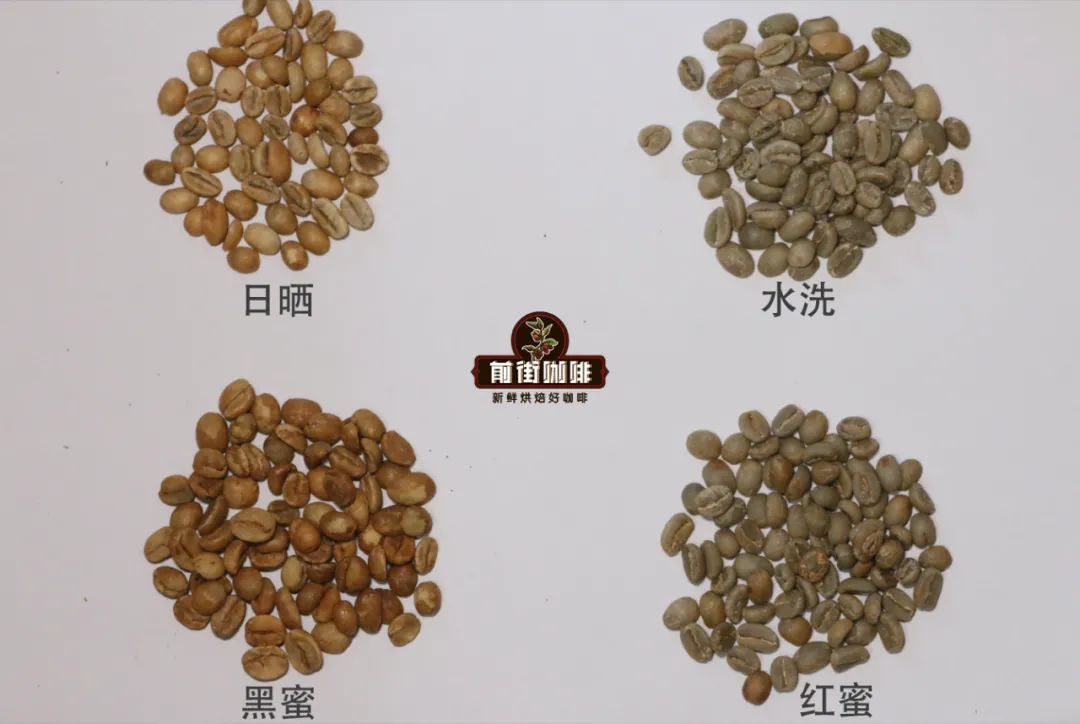
On the other hand, the characteristics of coffee cooked beans are more inclined to those treated by the sun, the hard skin falls off completely and there is no white midline, and another feature is that there is generally a darker color at the midline of coffee beans, this is because pectin (sugar) remains in these gaps and is caramelized after baking.
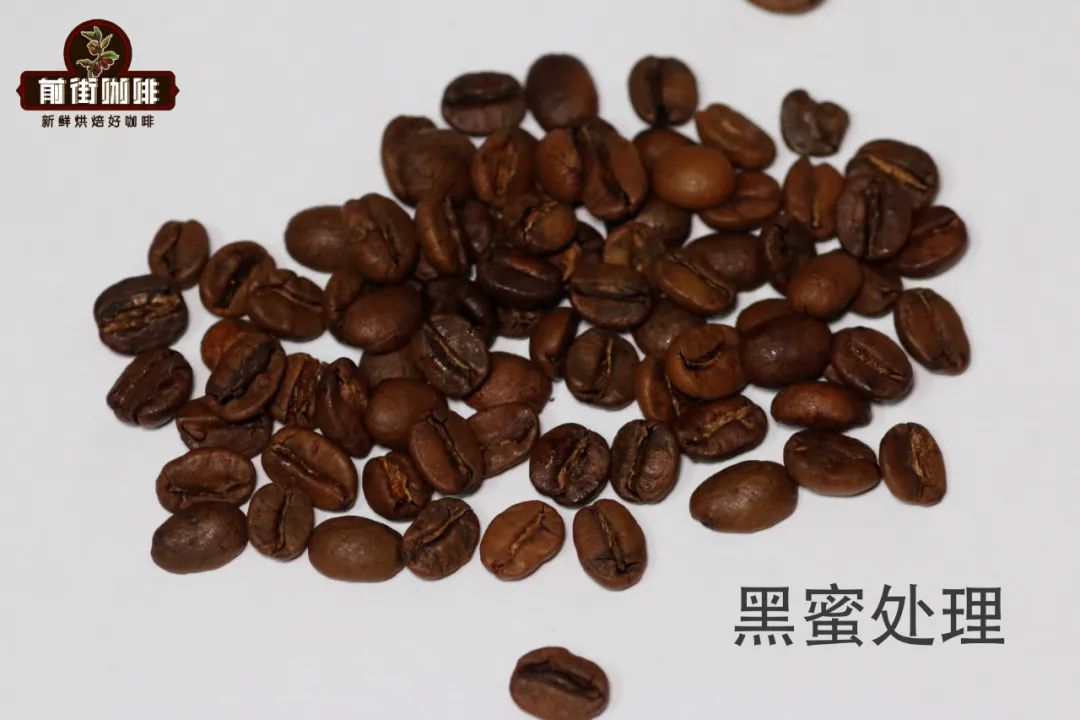
In the taste of honey-treated coffee beans, the general performance will be relatively soft, the fruit sweet flavor is strong. For example, an El Salvador black honey-treated Kaddura on the front street shows a soft and sweet BlackBerry, grape, honey and supple balance in the cup test.
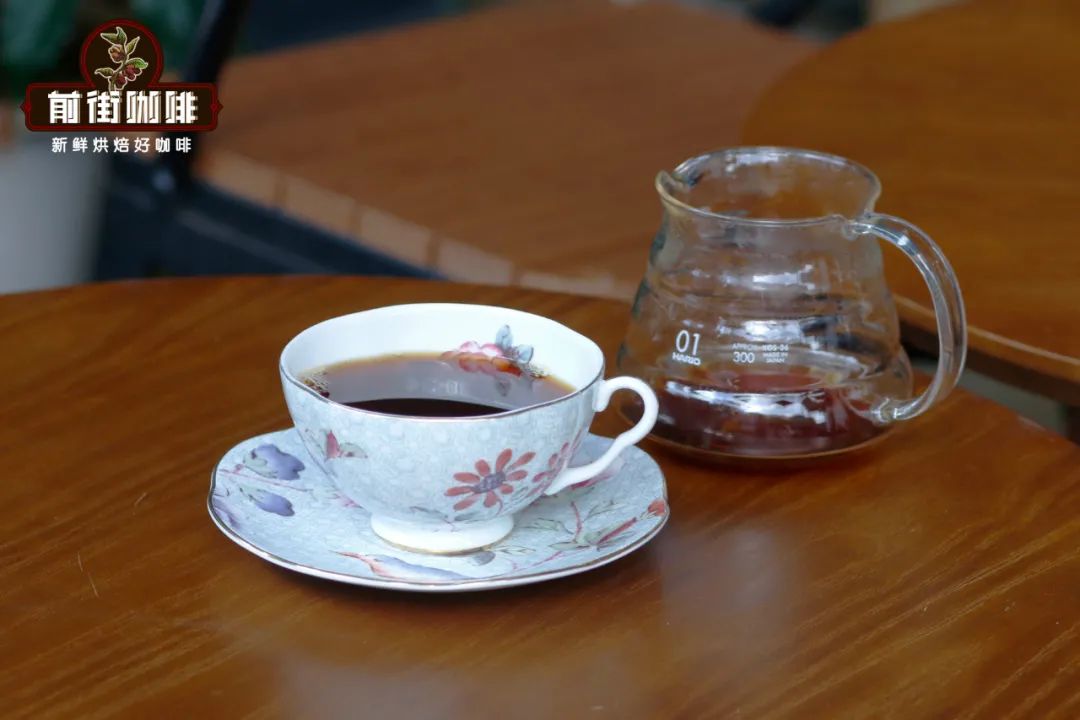
In Qianjie, another red honey-treated Verasac from Costa Rica shows high sweet fruit flavors such as citrus, honey, litchi and passion fruit by cup test. Generally speaking, honey-treated coffee gives people a very comfortable and soft feeling. Black honey treatment will increase sweetness in the process of fermentation because it retains all pectin, preferring tropical fruits with high sweetness and full juice. and like red honey, yellow honey, white honey because part of the pectin is removed, so the acidity will be more obvious, partial to citrus fruits.
Important Notice :
前街咖啡 FrontStreet Coffee has moved to new addredd:
FrontStreet Coffee Address: 315,Donghua East Road,GuangZhou
Tel:020 38364473
- Prev

Costa Rican coffee beans | introduction of Costa Rican boutique coffee beans production areas. How about musicians' coffee beans?
Coffee cultivation began in Costa Rica in the 19th century. since its independence in 1821, the government has given coffee beans to farmers free of charge, encouraging farmers to grow coffee, laying the foundation for coffee cultivation in the country. In order to protect the coffee growing industry, the government has set up a "coffee defense agency" to protect the coffee industry.
- Next
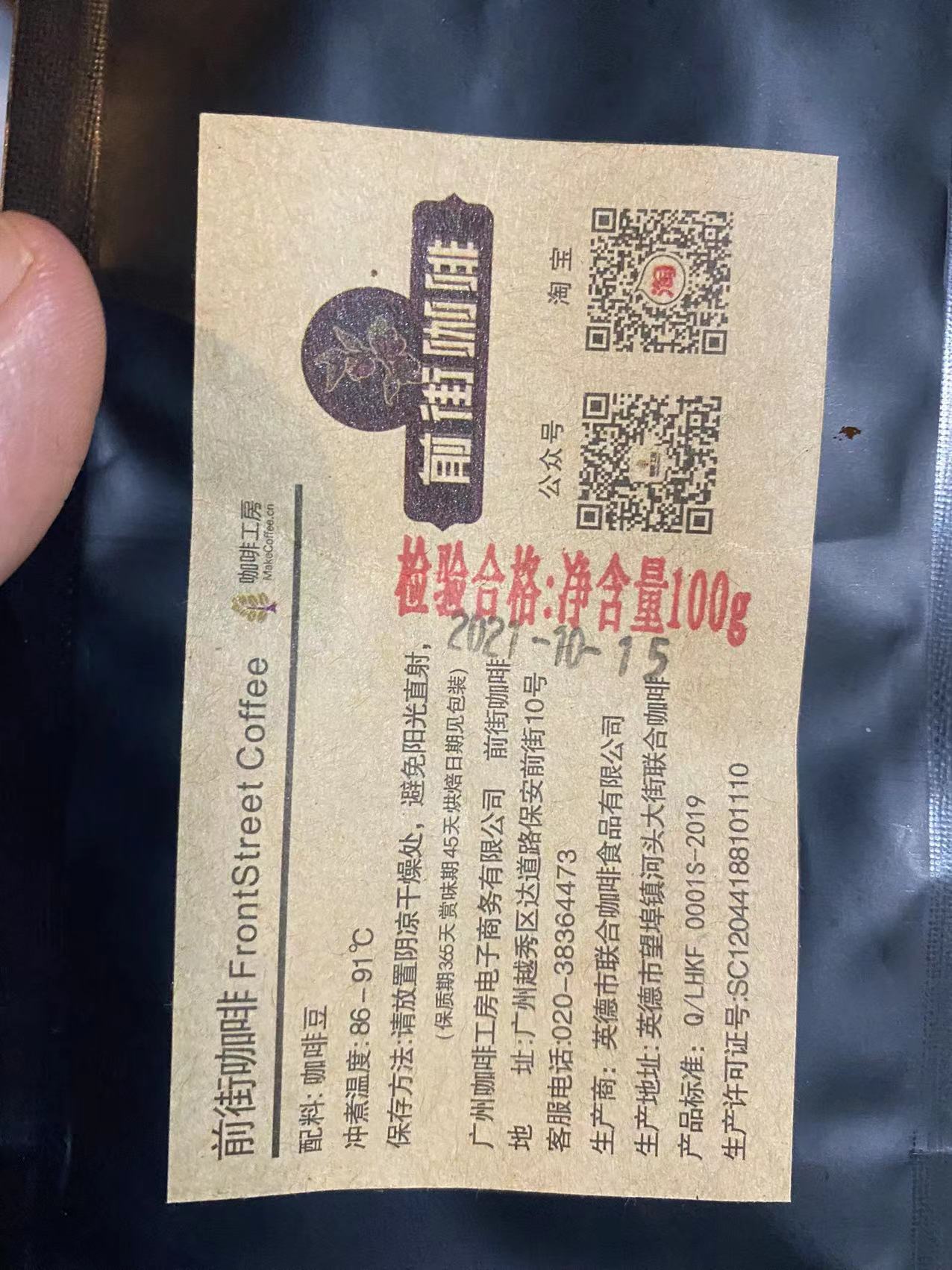
Where can I buy enough coffee beans to buy top quality coffee beans? what should I pay attention to when buying coffee beans?
The way to buy coffee beans with the development of the domestic coffee industry, people have more opportunities to come into contact with coffee in life than before. Generally, the way for people to buy coffee beans is the supermarket, but with the development of fine coffee, people also have a higher pursuit of the quality of coffee. Coffee beans of good quality must be fresh and traceable.
Related
- Guji coffee producing area of Guji, Ethiopia: Humbela, Shakiso, Wulaga
- What is the most expensive variety of Qiloso in BOP multi-variety group?
- How to store the coffee beans bought home?
- Why are Yemeni coffee beans so rare now?
- Ethiopian Sidamo all Red Fruit Sun Sun Santa Vini Coffee beans
- SOE is mostly sour? What does it mean? Is it a single bean? what's the difference between it and Italian blending?
- Is Italian coffee beans suitable for making hand-brewed coffee?
- How to choose coffee beans when making cold coffee? What kind of coffee beans are suitable for making cold coffee?
- Just entered the pit to make coffee, what kind of coffee beans should be chosen?
- Can only Japan buy real Blue Mountain Coffee? What are authentic Jamaican Blue Mountain coffee beans?

